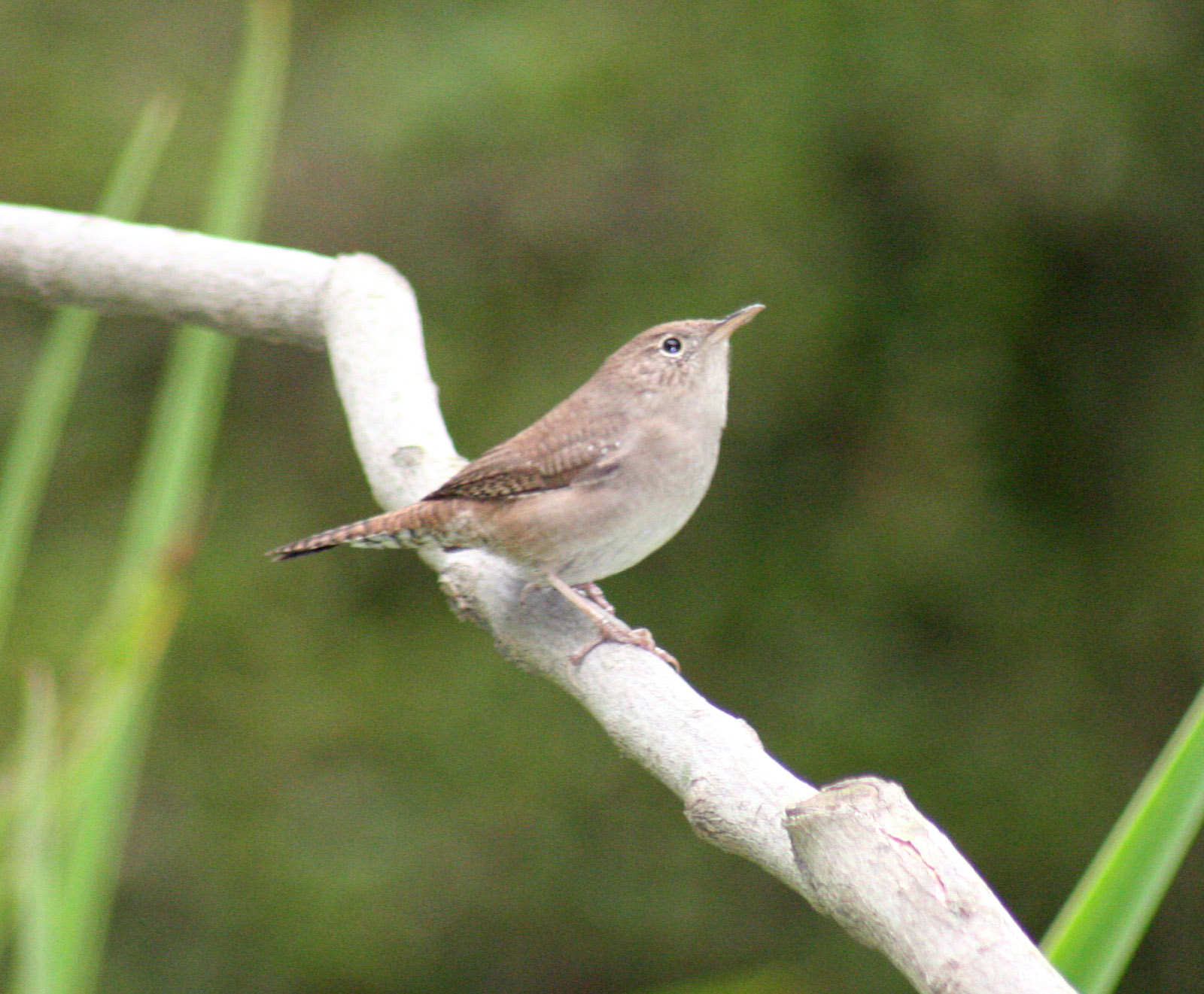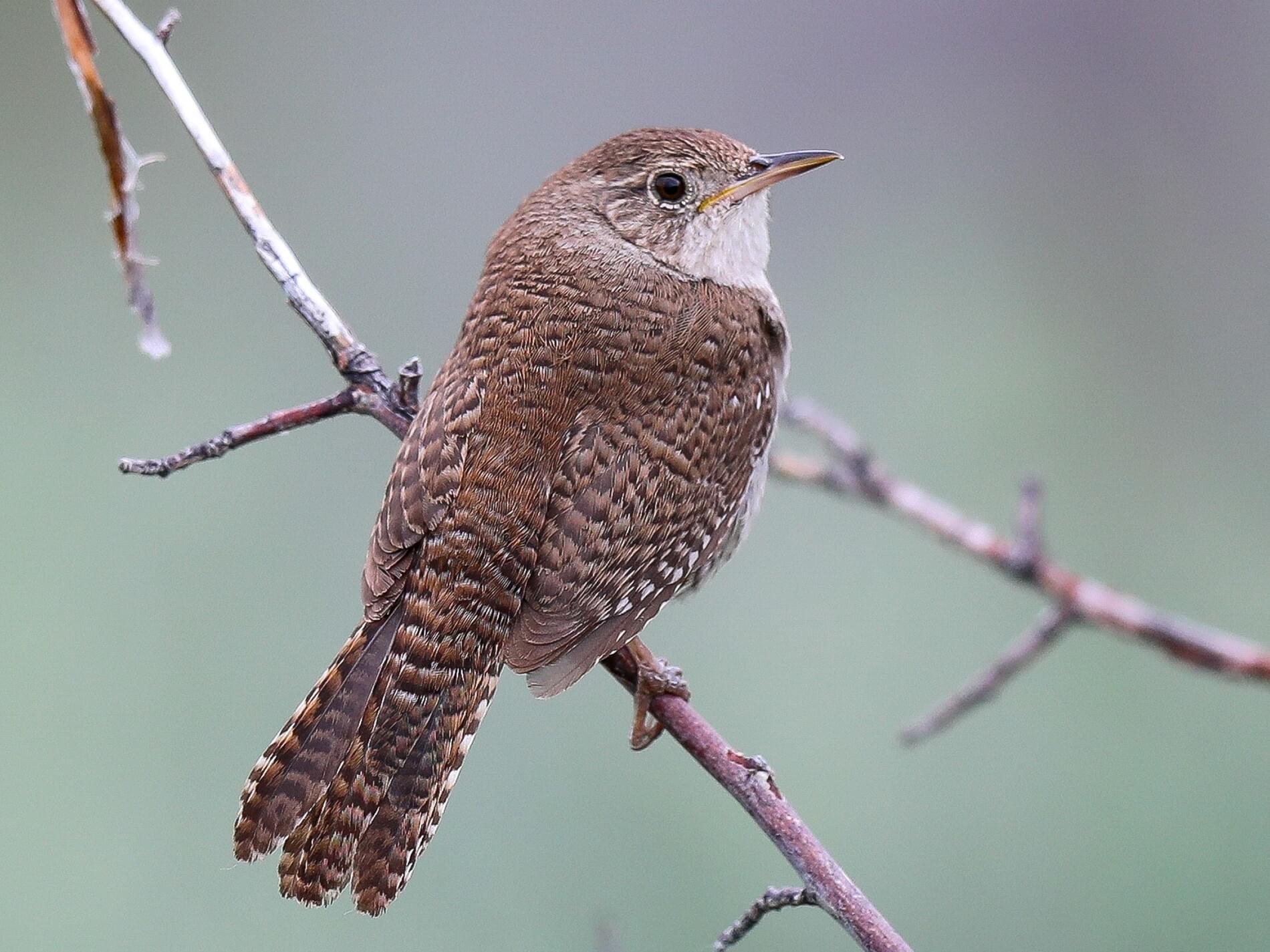
The House Wren is a small and compact bird of 11 cm to 13 cm in length. When extended its wings appear short for the size of the body. The House Wren often keeps its longish tail either cocked above the line of the body or slightly drooped. Our 400+ detailed species profiles bring birds to life across the Americas with a focus on threats and conservation. Dark barring on the wings and tail contrast with the more uniform brown plumage elsewhere.
Wrens in California – Pictures and ID Guide
Medium-sized brown wren with a long tail that is often held up. Having wrens visiting your backyard lets you listen to their beautiful singing and watch these energetic birds up close. However, only a few species of wren regularly visit backyards, including House Wrens, Carolina Wrens, and Berwick Wrens. You can find Cactus Wrens, unusually for wrens, out in the open at the top of a cactus singing or eating the cactus fruit. They can also be seen on the ground hunting for insects and spiders by turning over leaves and other debris.
Celebrate Urban Birds
Wren House Brewing Co. partners with Derek Christensen for its new location - ABC15 Arizona in Phoenix
Wren House Brewing Co. partners with Derek Christensen for its new location.
Posted: Mon, 28 Aug 2023 07:00:00 GMT [source]
They are at home in gardens and parks in cities and suburbs. Nests of Canyon Wrens are built in crevices from twigs and grasses lined with wool and feathers. Canyon Wrens do not migrate and can be spotted in California all year. Nests of Cactus Wrens are round-shaped with a small tunnel entrance in desert vegetation. They lay 2 – 7 eggs, which hatch in around two and a half weeks, and the chicks fledge in around three weeks. Cactus Wrens are residents in dry areas in southwestern states from California to Texas and Mexico.
Similar Species

During this time, the female will leave the eggs from time to time to feed. Wren eggs are white with roufus-reddish brown marks or spots which appear mostly on the larger end of the egg. Favorite foods are beetles, caterpillars, spiders, and grasshoppers. They often forage low to the ground and in the understory of trees and shrubs, hopping and flitting quickly to catch insects. After pairing, the female selects the nest site and starts filling the nest with more twigs.
Nest Type
But perhaps there’s simply no downside to destroying any and all unrelated eggs—for the wrens, anyway. But the wrens don’t kill for vengeance; they do it for survival. Competition is fierce among cavity-nesting birds, especially for those like the House Wren that can’t carve out a home for itself. It must discover an existing hole to nest within—and if there isn’t a vacant spot available, it does what it must to survive and reproduce.
Canyon Wrens are at home in places without water because these birds don’t need to drink! Even when they are near a water source, they are not seen drinking. Even though Marsh Wrens are common in California, they are not seen often by people. These birds live secret lives under cover of reeds in hard to reach places in marshes and swamps (as the name suggests). Wrens will take over the nest of other birds by destroying eggs. The female will sleep (brood) with the chicks during this time, and the male will sleep in another cavity.
Chickadees and wrens nest in the same kind of birdhouse. If it says, “wren house,” it will work for both species. An unstoppable waterfall of notes spills from the throat of the tiny, indefatigable house wren, one of our most beloved backyard birds. What house wrens lack in appearance they make up for with their songs. In fact, it’s not uncommon for male house wrens to sing nine to 11 times per minute during breeding season. Wrens often nest close to people, so you’re likely to hear them this spring.
Bird & Nest Information
A great way to draw these wrens to your yard is to create brush piles, which offer cover for them and places for insects to gather. Wrens are incredible birds and they inhabit many different habitats. Even though they are small, wrens are incredibly bold and don’t back down to other species that are much larger than them.
Cactus Wren Range Map
His goal is to inspire you to care more about the birds and wildlife in YOUR backyard. Over the past 5 years, he has been focused on improving the habitat in his own yard by doing things like adding native plants, not using pesticides, etc. He is happy to report that over 50 species of birds have now been seen on his 1.5-acre property (that's in a suburban neighborhood). Instead, they get all of their moisture from their food, which consists of insects and spiders.
Look for a rather large wren with a long tail and long bill, but short rounded wings. They are beautiful birds with their distinctive bright white eyebrow, brown spotted belly, and a brown and white streaked back. Bewick’s Wrens are most often found in dry brushy or scrubby habitats within their range. The best way to identify them is to look for their white eyebrow and dark barring on the tail.
These little birds are quite active, and spend most of their day foraging for food. They flit from branch to branch, or hop along the ground while searching in low shrubbery for insects. In zoos, these birds live in large enclosures or aviaries, usually with a variety of other species. Most House Wrens in zoos live there because they became injured and could no longer survive in the wild.
For their size, House Wrens can be very aggressive, often piercing the eggs of other cavity-nesting birds. Why House Wrens go after the eggs and young of other species (especially those who don’t nest in cavities) is difficult to explain. It might reduce competition for food, suggest some researchers.
Look for Rock Wrens in dry and rocky areas that do not have much vegetation. They feed on insects that they find in crevices in the rocks. You can find Marsh Wrens in wetlands clinging to reeds, with each foot grabbing a different stalk. They can be hard to spot but listen out for singing amongst the reeds, especially at dawn and dusk. One of the best ways to locate a House Wren is to listen for their distinctive song. The best way to describe it is a beautiful, energetic flutelike melody, consisting of very rapid squeaky chatters and rattles.
Canyon Wrens are rusty brown birds with black barring that have a long tail and bill. To confirm their presence, look for their bright white throat and upper chest. Even though Marsh Wrens are tiny, they are incredibly fierce, aggressive, and active. Males typically mate with more than one female and build multiple nests for each female.

Their short, strong legs mean they can cling onto rocks and even scale a vertical rocky cliff. They are recorded in 1% of both summer and winter checklists for the state. Wrens are unremarkable-looking songbirds with big personalities. They are brown, relatively small, and rather plump birds with distinctive upright tails and big voices.
Like the American Goldfinch and Chipping Sparrow, the House Wren adapts well to suburban habitats, as long as there is ample cover including shrubs and tangles. Although its numbers remain stable, this species faces many of the same threats as less-adaptable birds. Many migrating House Wrens are killed in collisions with buildings, communications towers, and cars. As insectivores, they are also vulnerable to the direct and cumulative effects of pesticides. Territorial House Wrens even attack the open-cup nests of species such as the Gray Catbird and American Robin.

No comments:
Post a Comment